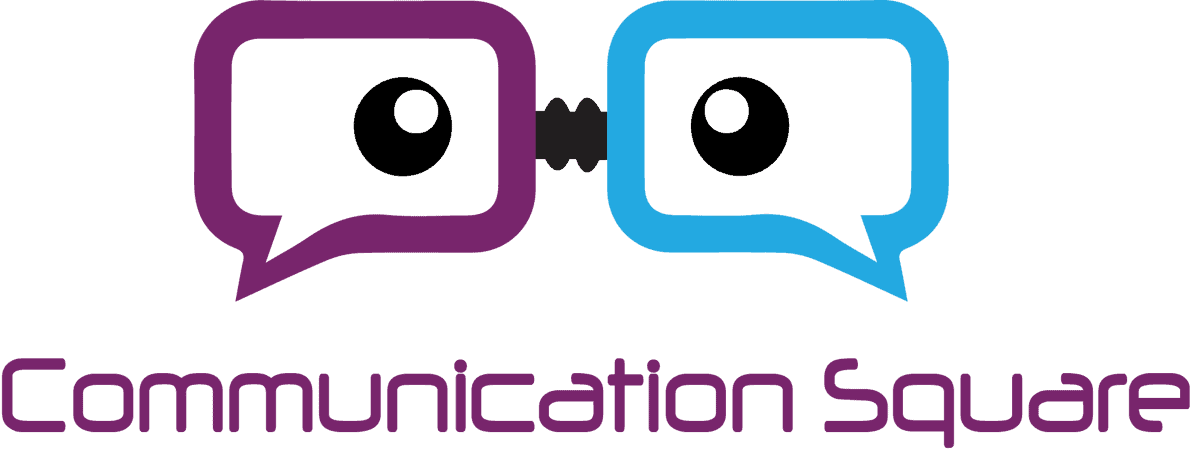In today’s fast-paced academic environment, college students rely heavily on various devices for studying, completing assignments, and overall learning. As technology continues to advance, next-gen device management becomes crucial in ensuring both security and accessibility for these students. It’s not just about protecting data anymore. It’s also about making sure that students can access their work and educational resources without hassle.
This is where cloud storage services like Microsoft's OneDrive can play a significant role, providing secure and user-friendly access to documents, pictures, and videos from any device with an internet connection
When juggling multiple tasks, from researching for a term paper to deciding to use Essay Service to write an essay for me, students need devices that are not only secure but also user-friendly. Educational institutions face the task of creating systems that not only protect sensitive information but also meet the evolving and varied needs of their student body.
The Need for Enhanced Security
Rising Cybersecurity Threats
The rapidly changing landscape of cybersecurity presents a growing challenge to educational institutions as they grapple with increasing security threats. As technology becomes increasingly integrated into academic life, students are more likely than ever to become targets of cyber-attacks. These attacks not only compromise the personal information of students but also threaten the integrity of academic research and intellectual property. The proliferation of smart devices on campus, from laptops to smartphones, has expanded the attack surface, making robust device management security an indispensable need.
Real-World Examples
One notable incident is the 2020 cyber-attack on the University of California, San Francisco (UCSF). UCSF’s School of Medicine became the target of a ransomware attack that encrypted data on some of their servers, disrupting operations and leading to a ransom payment of over $1 million to regain access to their data. This incident highlights not only the exposure risk of sensitive information but also how research data can be held hostage, severely disrupting institutional functions. Such breaches underscore the urgency for educational institutions to adopt stringent security protocols like end-to-end encryption and regular vulnerability assessments to safeguard the academic community.
Another significant incident occurred at the Australian National University (ANU) in 2019. The university experienced a massive data breach where the personal details of students and staff, including bank account details, tax file numbers, academic records, and passport details, were accessed. This breach was particularly severe due to the sensitivity of the data involved and highlighted the need for enhanced cybersecurity measures in educational institutions. It serves as another critical reminder of the importance of robust cybersecurity protocols in protecting the privacy and security of the academic community.
Ensuring Accessibility
User-Friendly Systems
Balancing security with user-friendliness is key to ensuring that technology aids, rather than hinders, the academic experience. It’s vital that security measures do not become a barrier to the essential activities of studying, research, and communication. For instance, while strong passwords are crucial, they should also be manageable so that students are not locked out of their own devices. Institutions must strive to create a security framework that is robust yet intuitive, ensuring that students can access necessary resources without unnecessary hurdles.
Adaptive Technologies
In response to diverse student requirements, many schools are now turning to adaptive technologies. These not only enhance security but also improve the overall user experience. Technologies like voice recognition and personalized access codes are examples of how device management can be tailored to meet individual needs. These solutions offer students the flexibility to interact with their devices in a way that suits their personal preferences and learning styles while still maintaining an important level of security.
For example, the University of Illinois at Urbana-Champaign offers assistive technologies and resources through its Disability Resources and Educational Services (DRES) program. This includes a range of software and tools to assist students with various disabilities, ensuring they have equitable access to educational materials and resources.
Balancing Security and Accessibility
Developing a Comprehensive Strategy
Creating a balanced approach requires a holistic strategy. Incorporating elements such as multi-factor authentication provides a heightened level of security while maintaining user-friendliness. Additionally, it’s important to consider the range of devices and software used by students and to develop protocols that are universally applicable. This holistic strategy ensures equitable access to secure and efficient technology resources for all students, irrespective of their chosen field of study or the devices they use.
This is where tools like SharePoint can be particularly useful, as it integrates seamlessly with other Microsoft 365 solutions, providing a comprehensive platform for communication, collaboration, and document management
Training and Awareness
Educating students about device security through consistent training sessions and workshops is a highly effective method. These educational initiatives empower students with the knowledge and skills needed to safeguard themselves from cyber threats. This training should cover topics like safe browsing habits, recognizing phishing attempts, and secure data-sharing practices. Empowering students with this knowledge not only help secure their personal devices but also contributes to the overall cybersecurity posture of the institution.
Conclusion
The goal of next-gen device management in colleges is to create an environment where security and accessibility go hand in hand. By focusing on both aspects, educational institutions can ensure that students have the necessary tools and protections to excel in their academic pursuits. Remember, as students seek out homework help services to write my essay, they also need assurance that their devices are safe and accessible, supporting their educational journey every step of the way.
Last Updated 2 months ago

